As the world entered the 20th Century, technology was advancing at a rapid rate and communication between the UK and America was already wired with a transatlantic submarine cable. Italian inventor Guglielmo Marconi was an expert in radio transmission and developed the first system which allowed wireless transmission from Cornwall to New Foundland, US. Following this development, other companies started looking at short-distance communication and in 1935 MUSA, Multiple Unit Steerable Antenna, was created by Bell Telephone Labratories. Demand was so high for both services that the infrastructure needed upgrading.
The Post Office agreed to be involved with upgrading the short distance sites and building a new long range one. Several sites, all within 100 miles of London, were considered and the marshes at Cooling were chosen. This land was ideal; close to London, no-one living nearby and a mass of land available. In 1937/8 over £75,000 was allocated for the construction however the Post Office were not intending on buying the land, only leasing it, which led to concerns about the viability of the project.
After over 15 months of tough negotiations about the land, a deal was finally reached in April 1938, with project costs increasing to nearer £100,000. It was built with the intention of expanding it at a later date, with weaker walls built and some reinforced concrete left out so that it would be easier to modify later on. The site was completed in September 1939 however the Second World War delayed the testing of the new radio station until 1941, a year before it became operational.
Sixteen antennae’s were built across a two mile stretch, each 60ft high with angled supports of 315ft. Initially it was planned that Cooling would operate six receivers however only two were installed. As twin-channel operation was in use, a total of four radiotelephone channels were in operation through the Cooling circuit. Once the electrical currents passed through the transmission line to the receiver, the inputs from the 16 antennae were amplified, their frequency changed, and the phase corrected to compensate for the time delays associated with the different transmission paths.
Rex of Ware
Sixteen miles of underground cables were installed below the surface in trenches, which were never covered up so that any faults or damage could be easily spotted but they eventally came up with a way to detect any issues with the pipes covered up – gas. A safe, yet pungent, gas could be pumped through the pipes whilst workmen above the surface would be tasked with sniffing out the gas to find any damaged piping. Whilst these experiments at Cooling went well, it was thought that a dog would be better suited, so Rex of Ware, a Labrador, was hired for the job. He successfully went on to detect 11 faults with the pipes.
Post-War MEDUSA
In 1959 plans were drawn up for an improved system – Multiple Direction Universally Steerable Aerial System (MEDUSA) which offered improved performance on short-wave radio channels. The MUSA, which provided an overall superior circuit, was restricted to the New York-London channel. The new system involved erecting some 288 masts, grouped into six circles of 48, across the peninsular.
Closure
Cooling Radio Station was eventually closed in 1965 due to advances in technology, especially with satellites. The building was left abandoned and the lack of maintenance saw it damaged by vandals and the building was slowly sinking into the Hoo marshes. The decision was taken to demolish the structure above the ground floor, whilst retaining the generator room. On to this room was constructed a second storey with a computer-controlled antenna rotator fixed to the roof, by company CSA Ltd.
Surrounding the building, various experimental high frequency antennae and rotating masts were erected and were used to test antennae for radio and television broadcasting. In 2005, CSA’s factory and laboratories at Strood were closed and the remaining test facilities based at Cooling were removed. The ownership of the site was passed on to the RSPB.
Basement Internals
The photographs below were taken of the internal concrete basement area where pipes ran to supply the building with heating, drainage and electricity. The shots were taken as long exposures through the dark holes in the basement’s exterior. The basement consists of three sections; the central area under the main platform, the wetsern bay at the rear of the building, and the eastern bay at the front facing the approach to the building from the track.
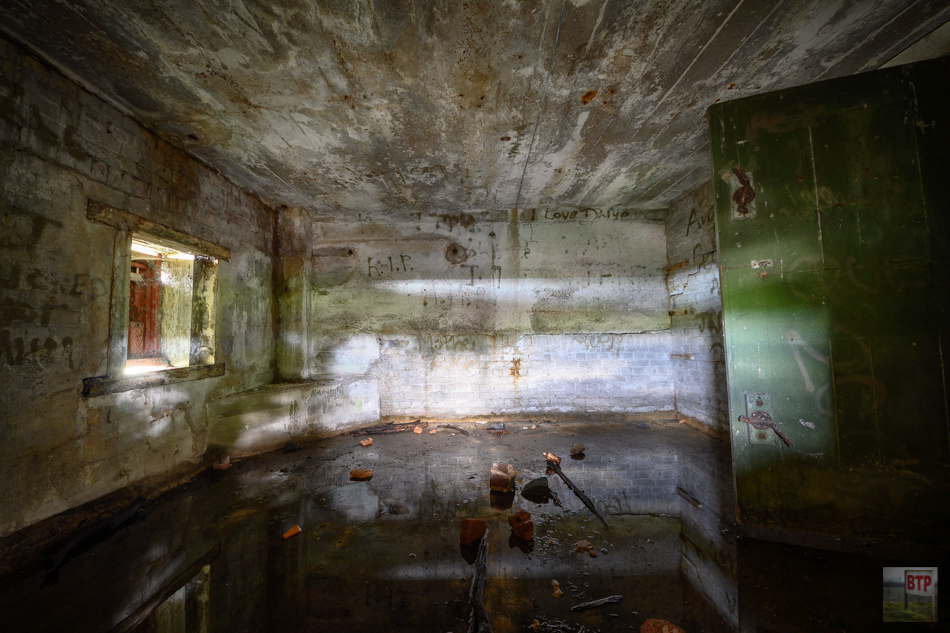
West Bay 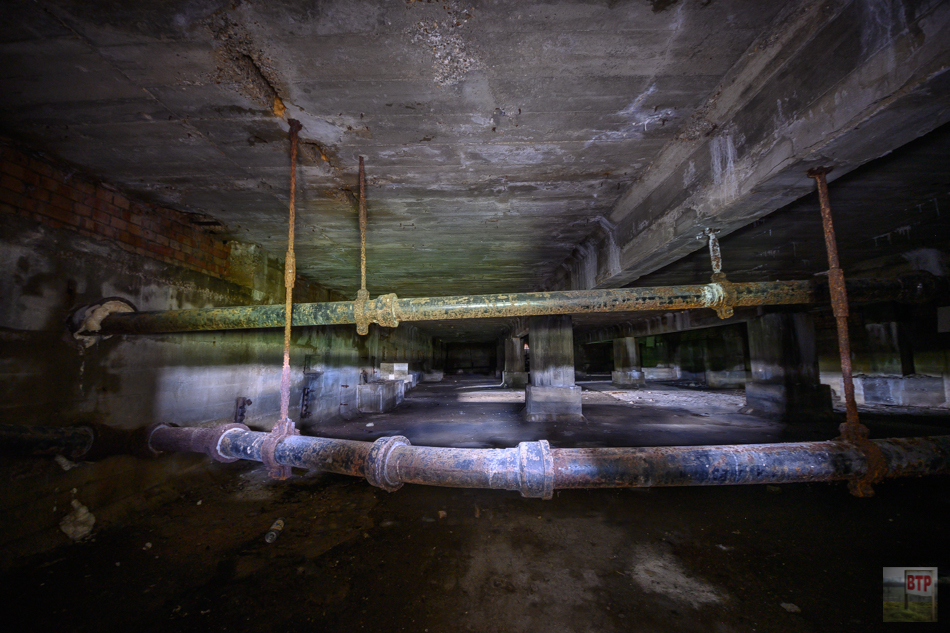
Main Basement 
East Bay
Source: Historic England
This entry was posted in Location ReportOne thought on “Cooling Radio Station”
Comments are closed.

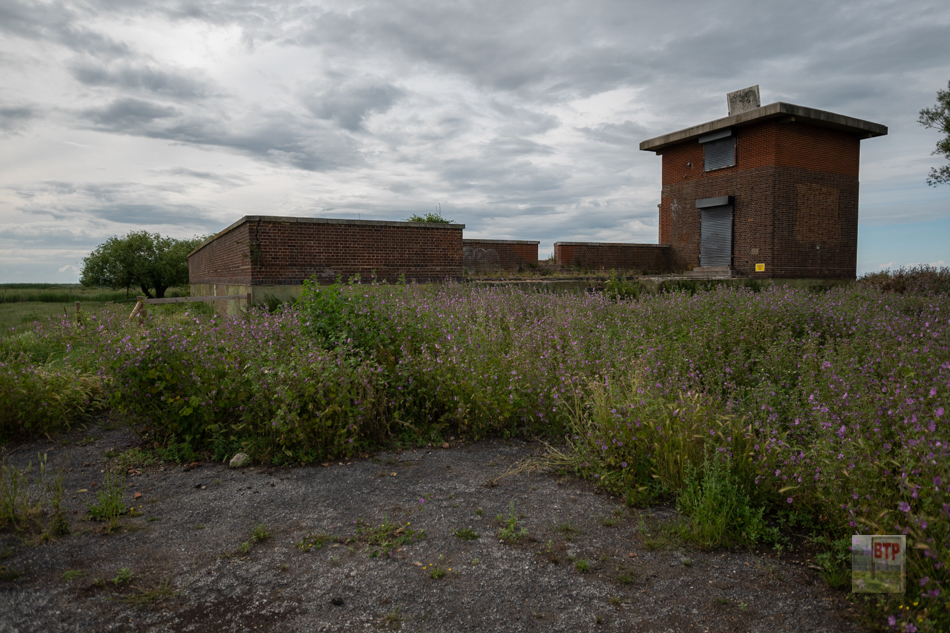
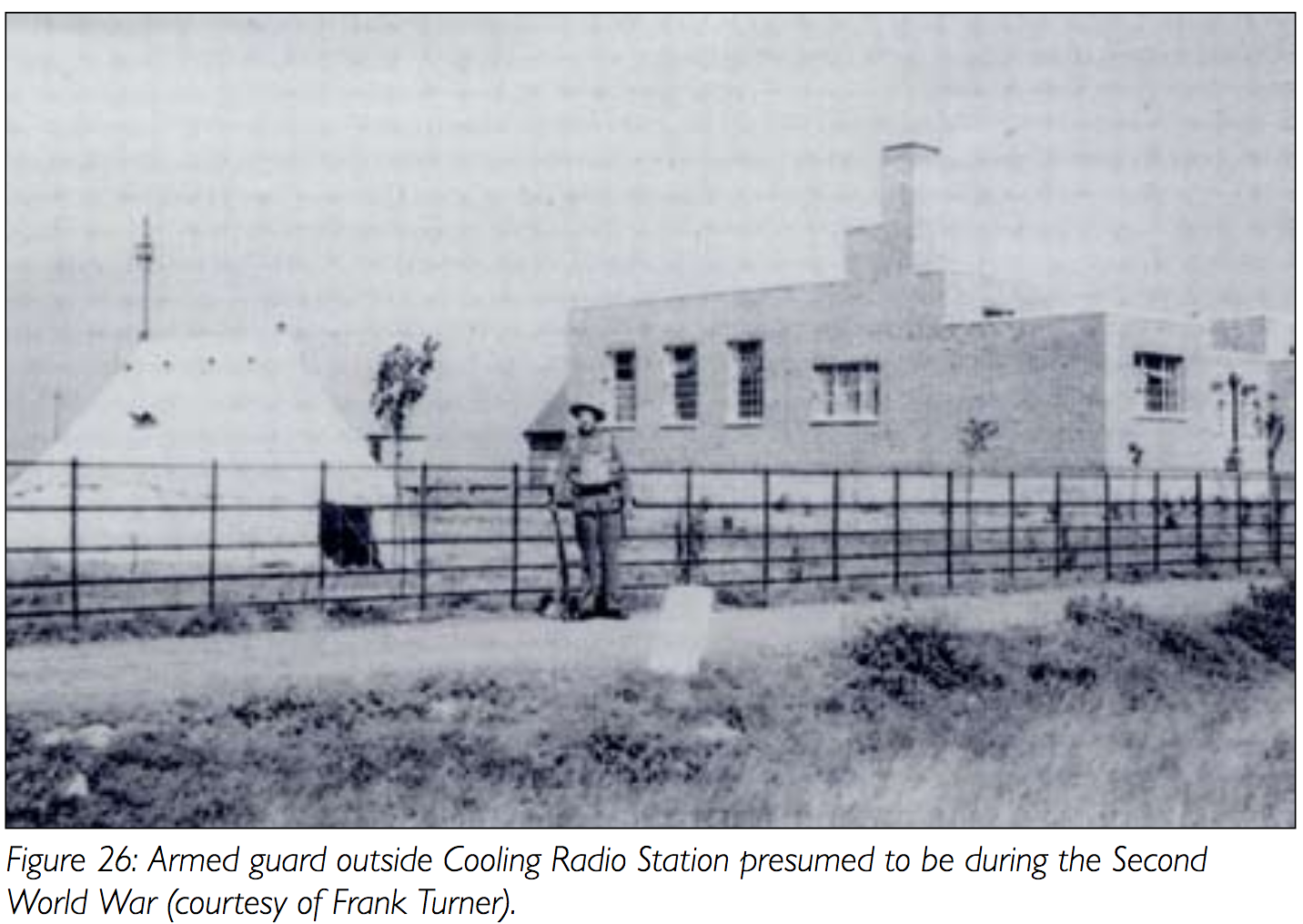
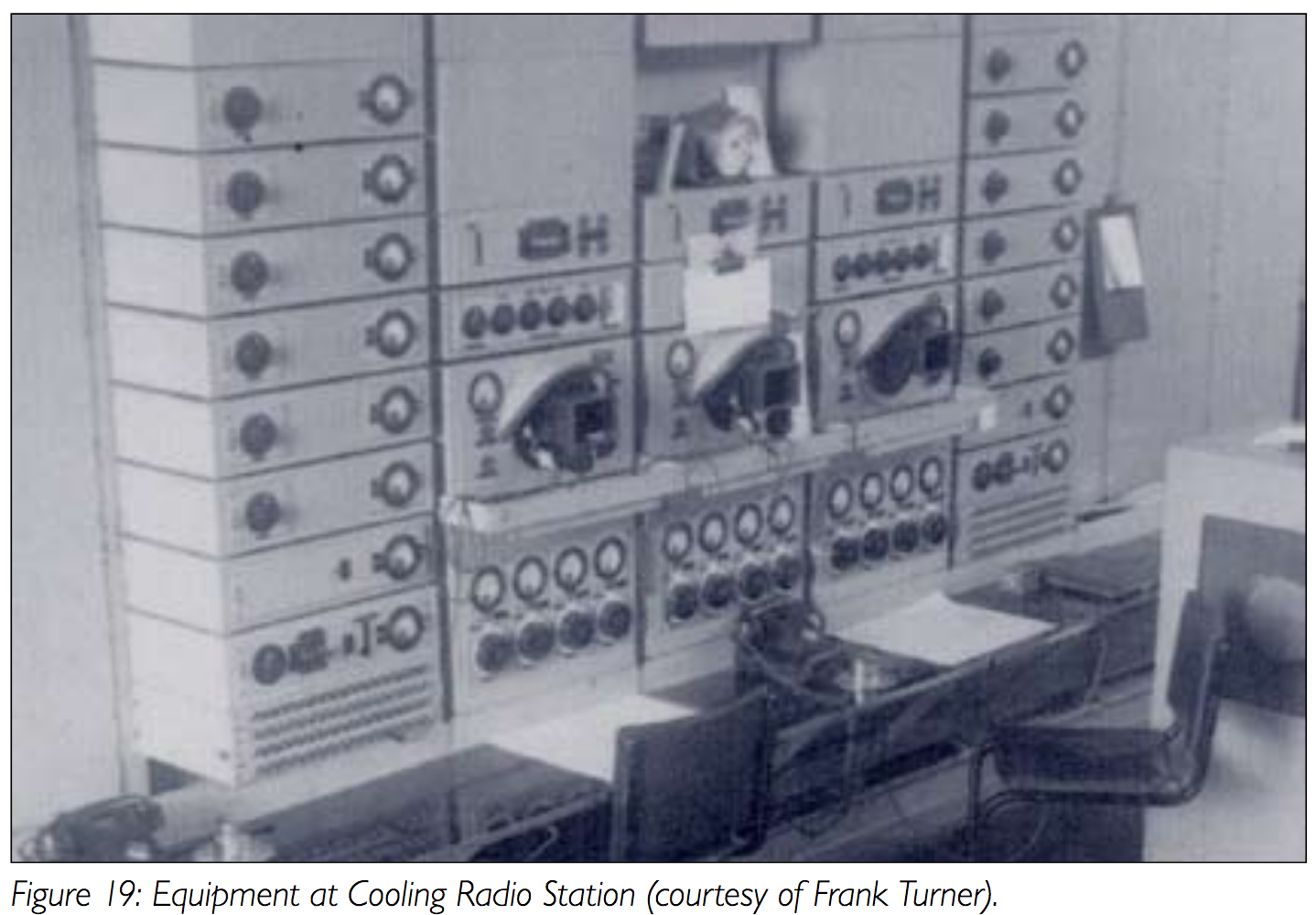
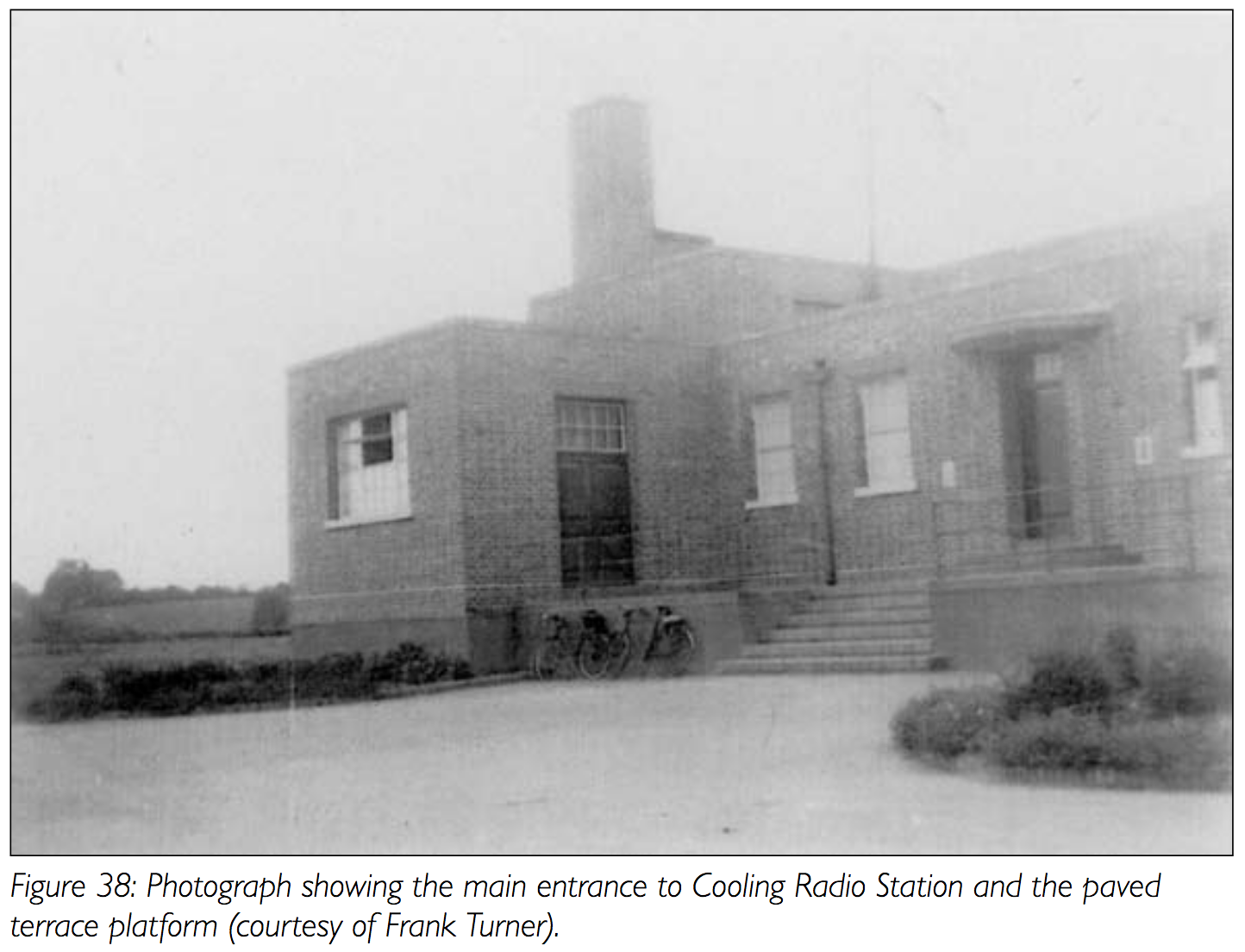
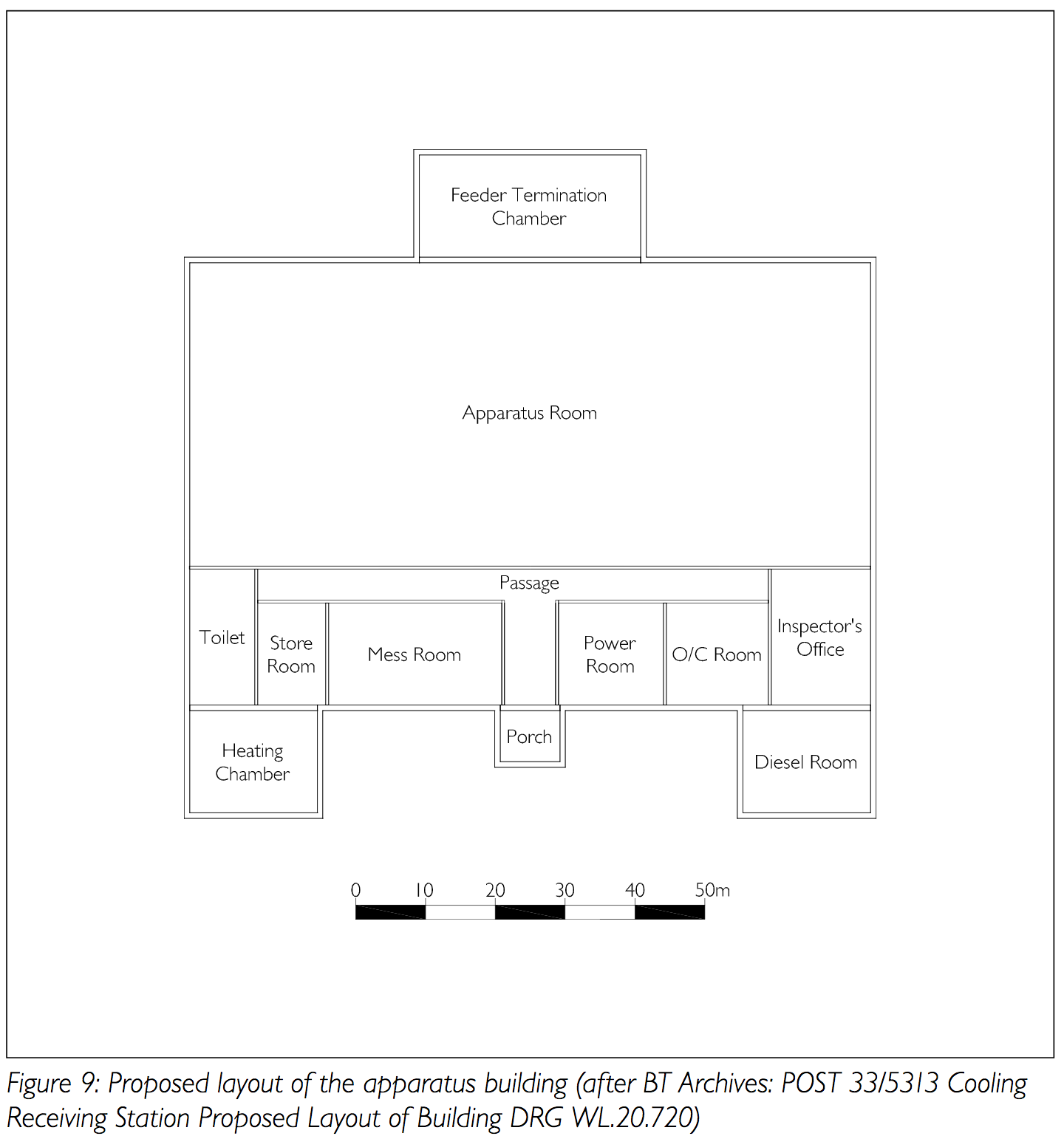
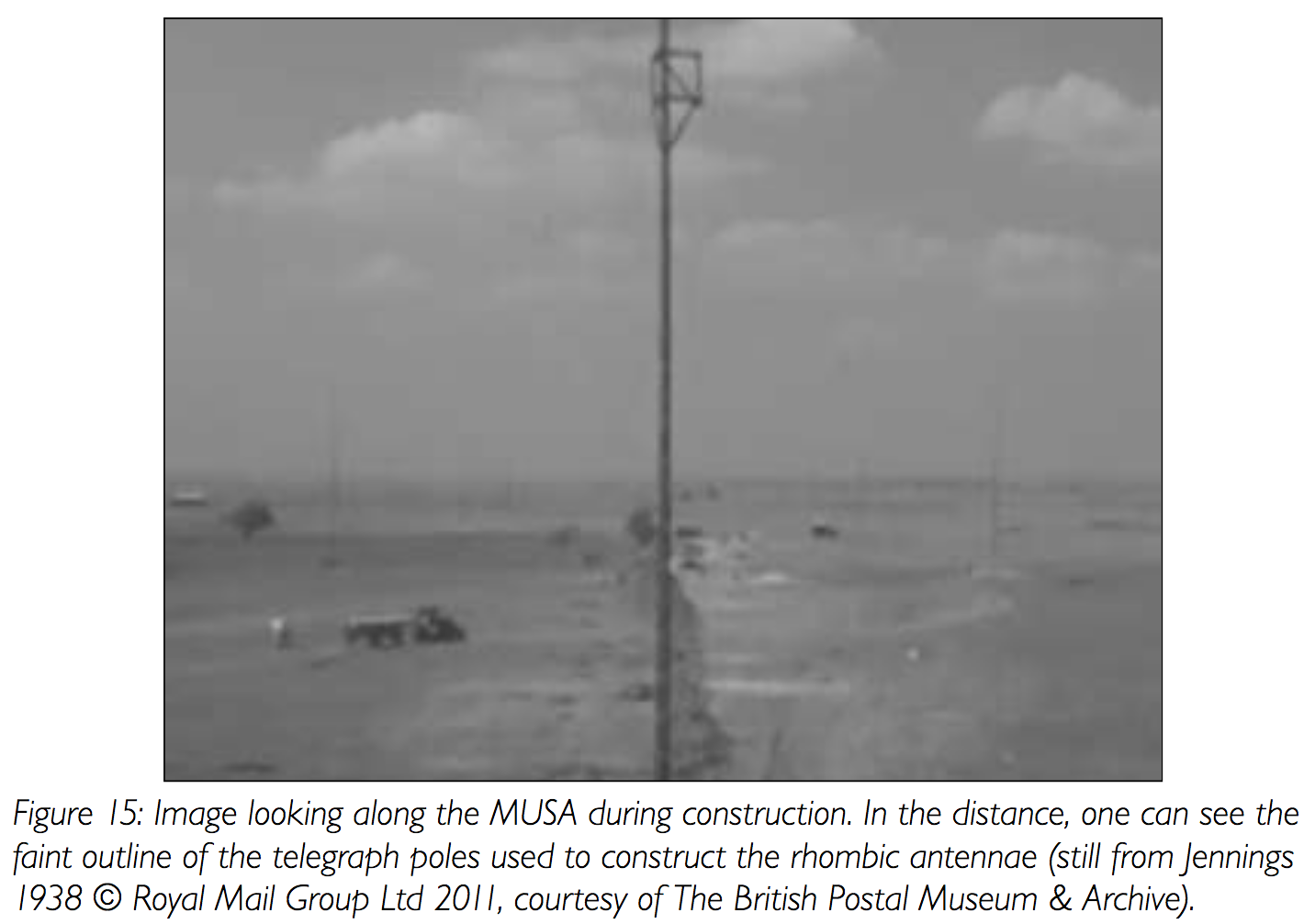

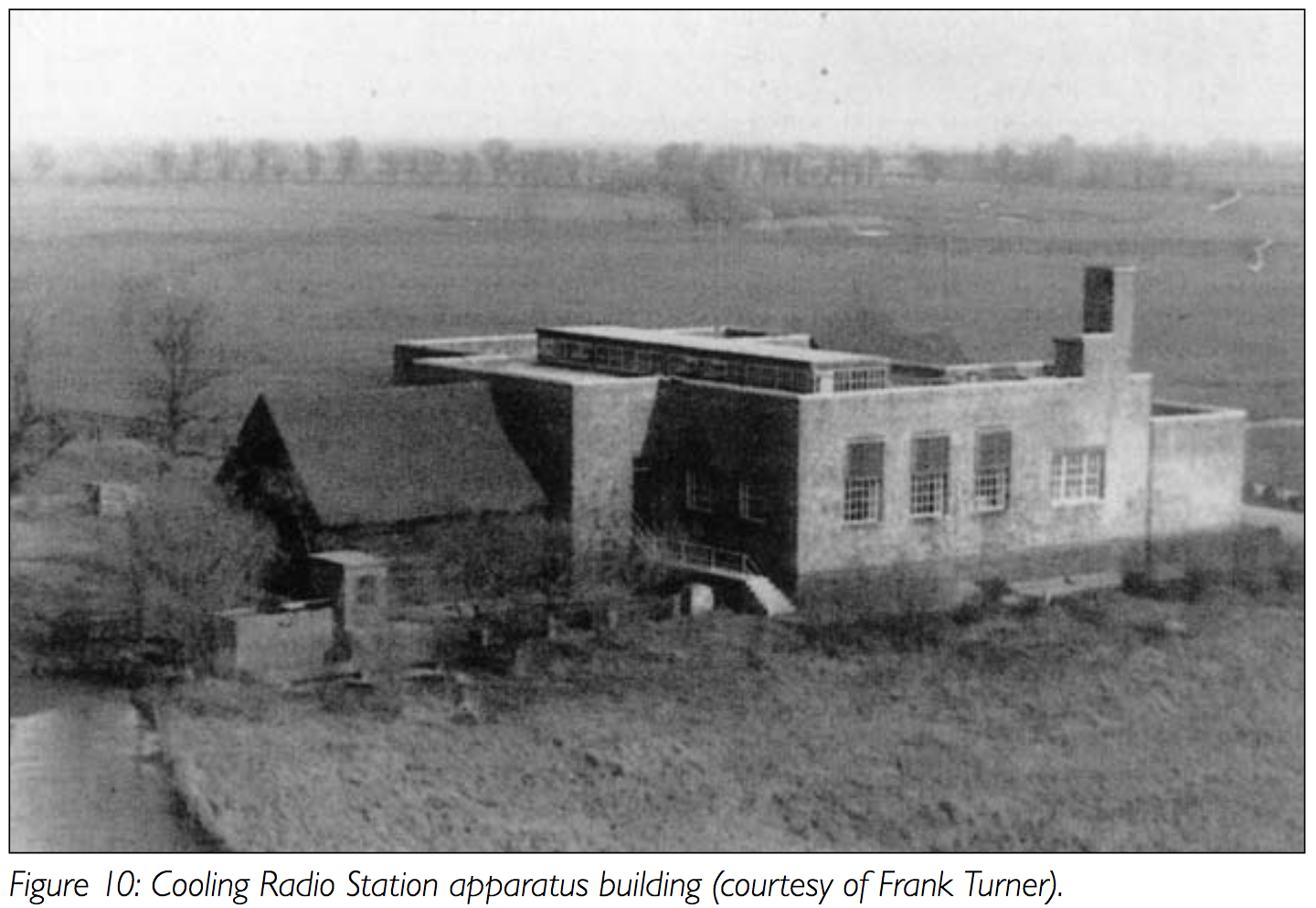

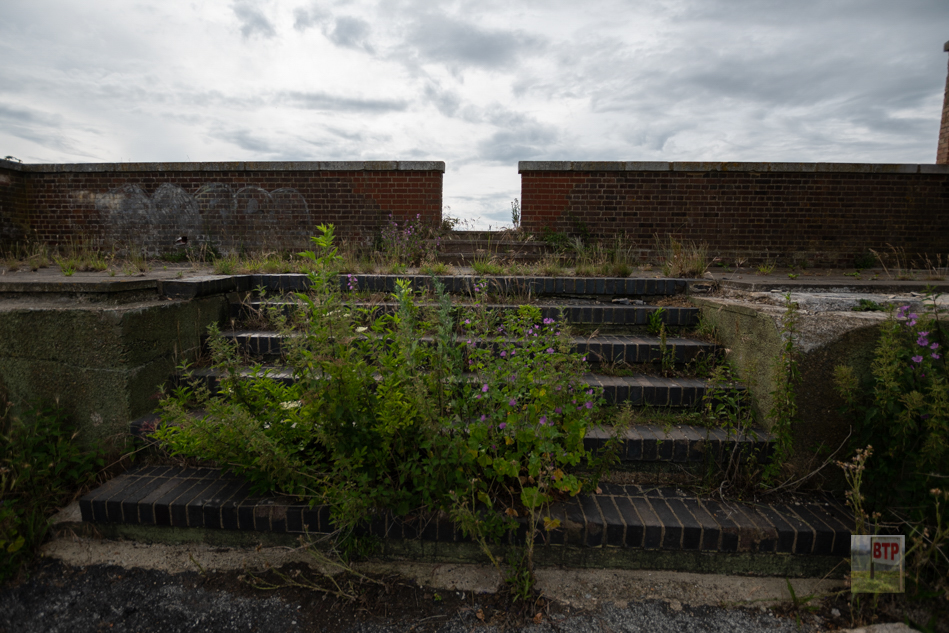
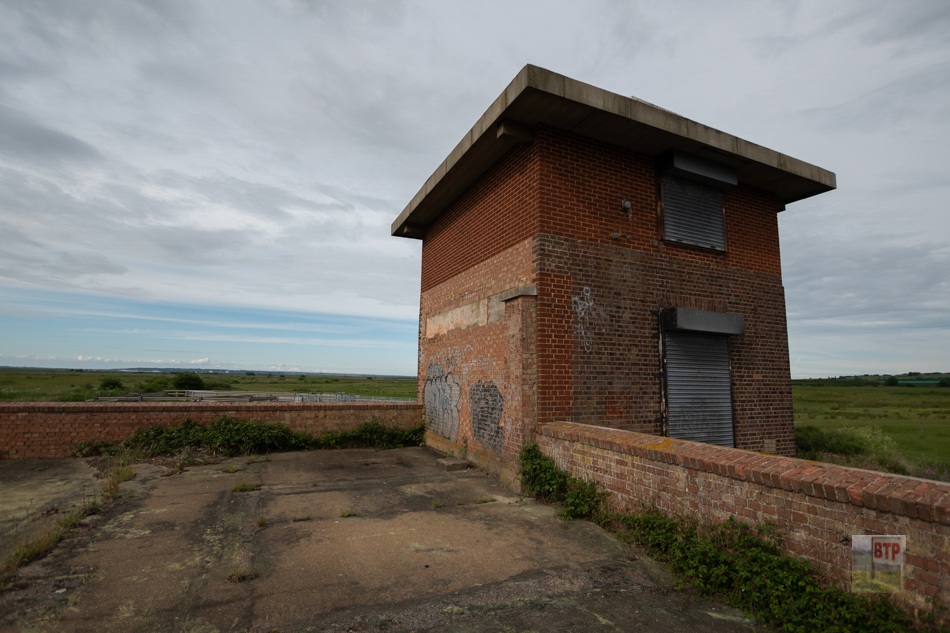
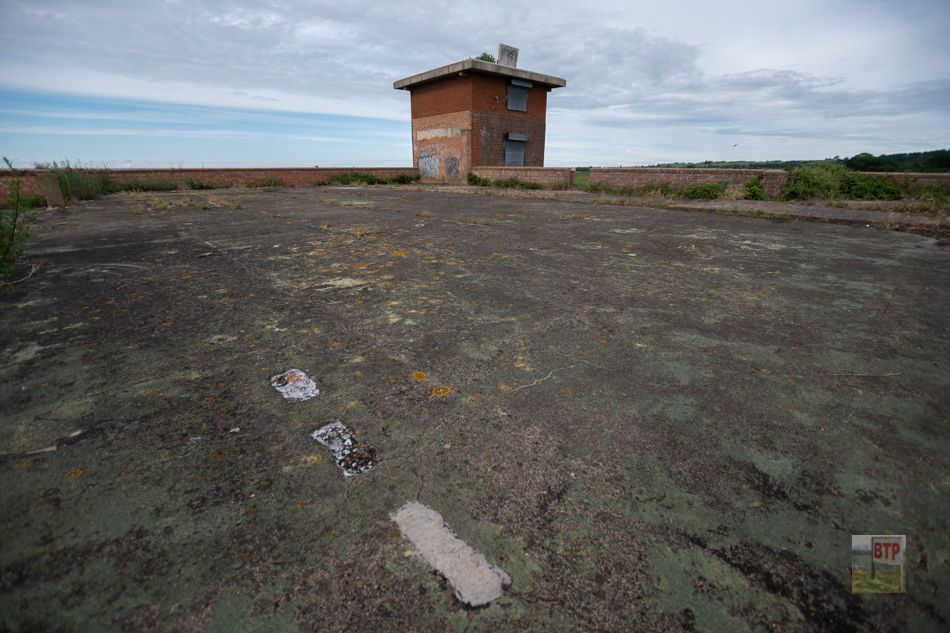
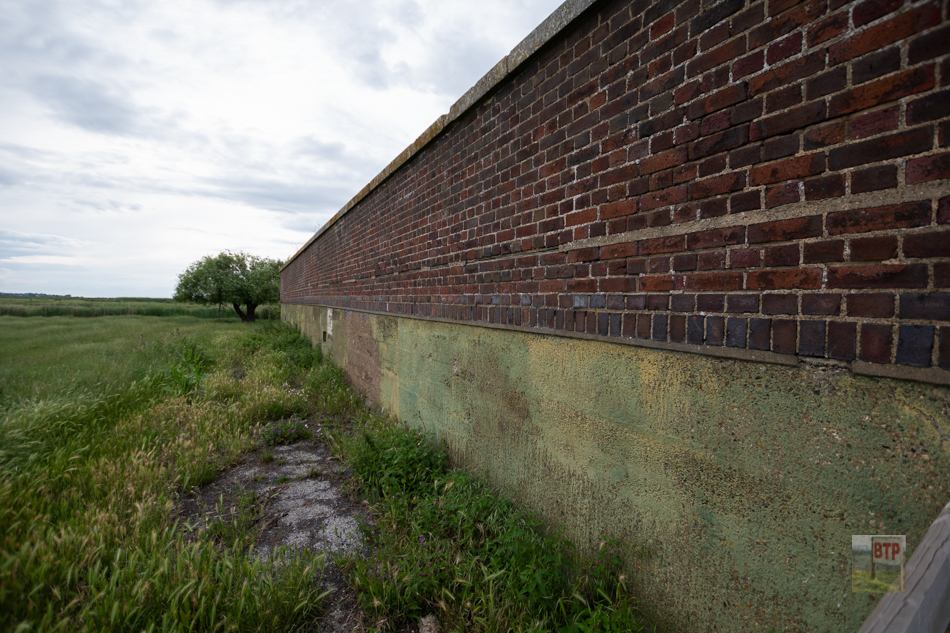
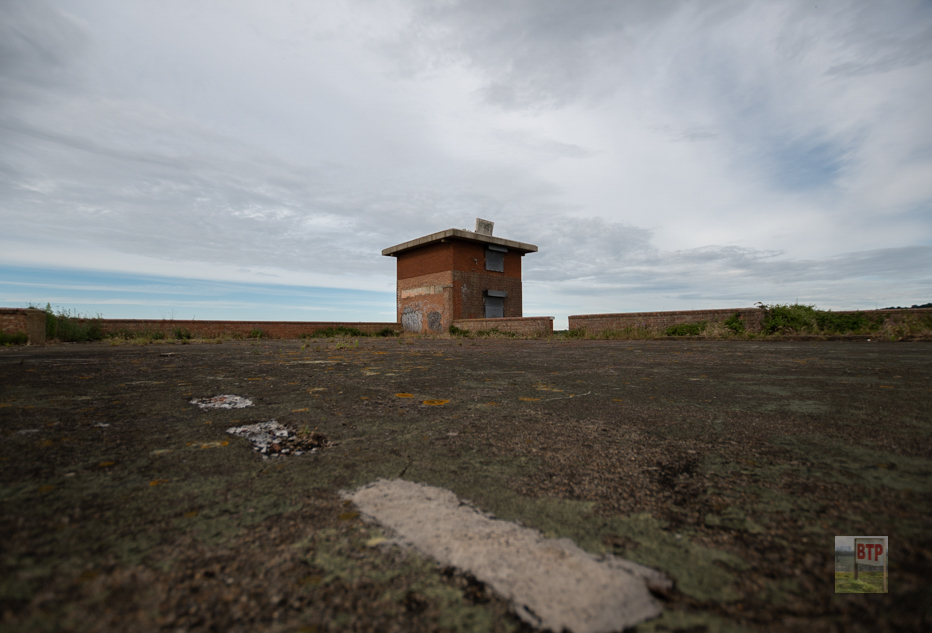
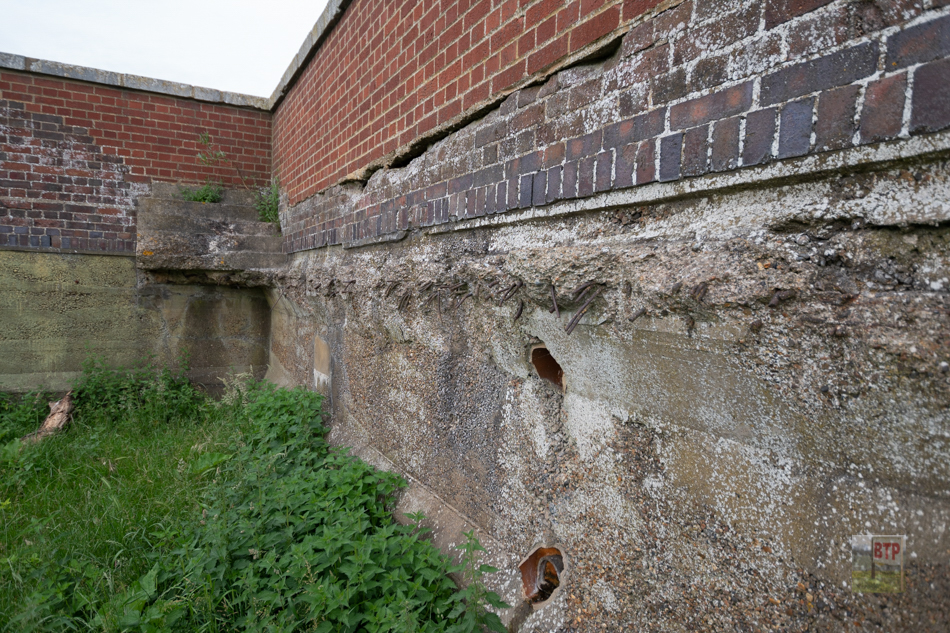
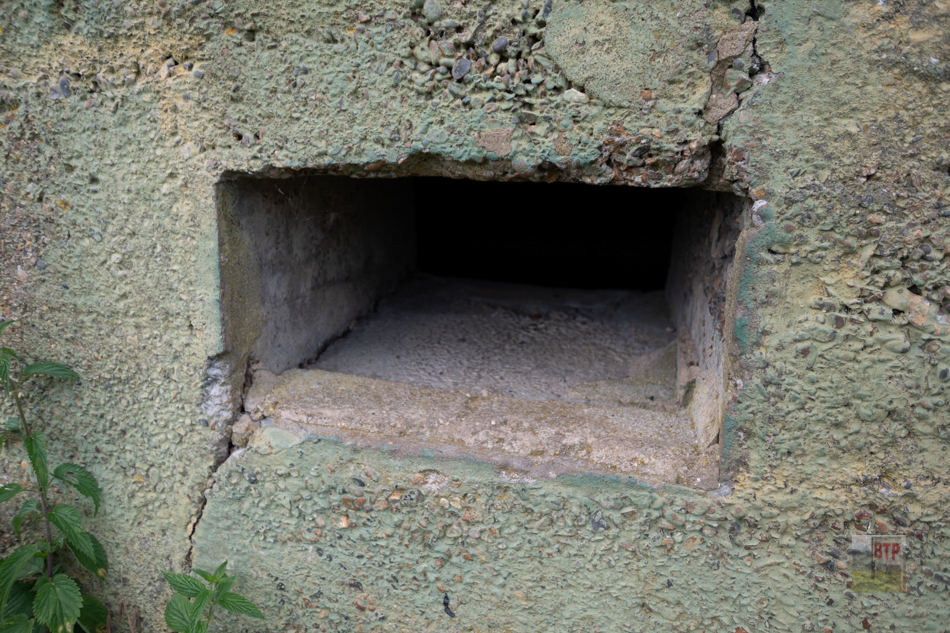

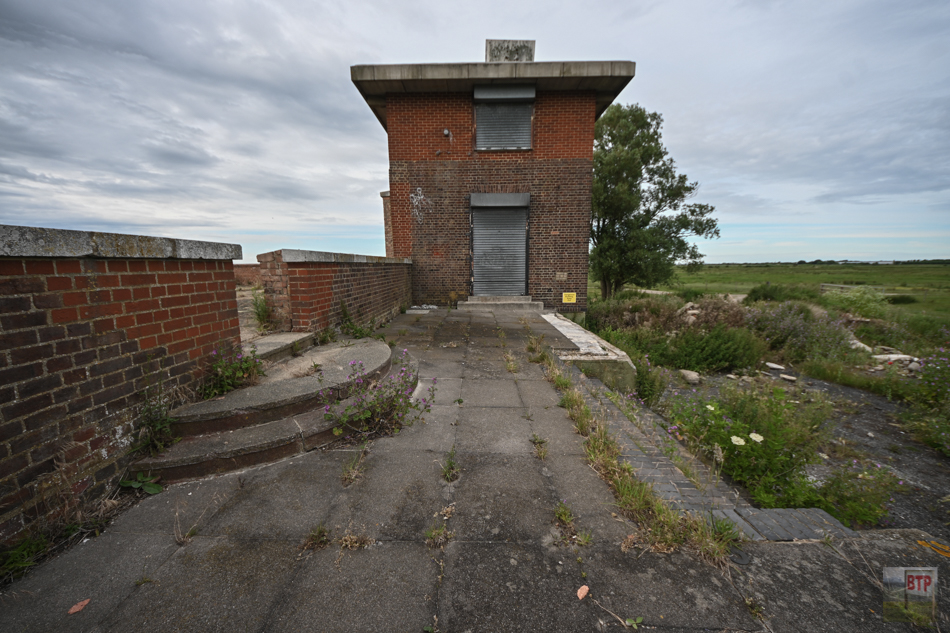
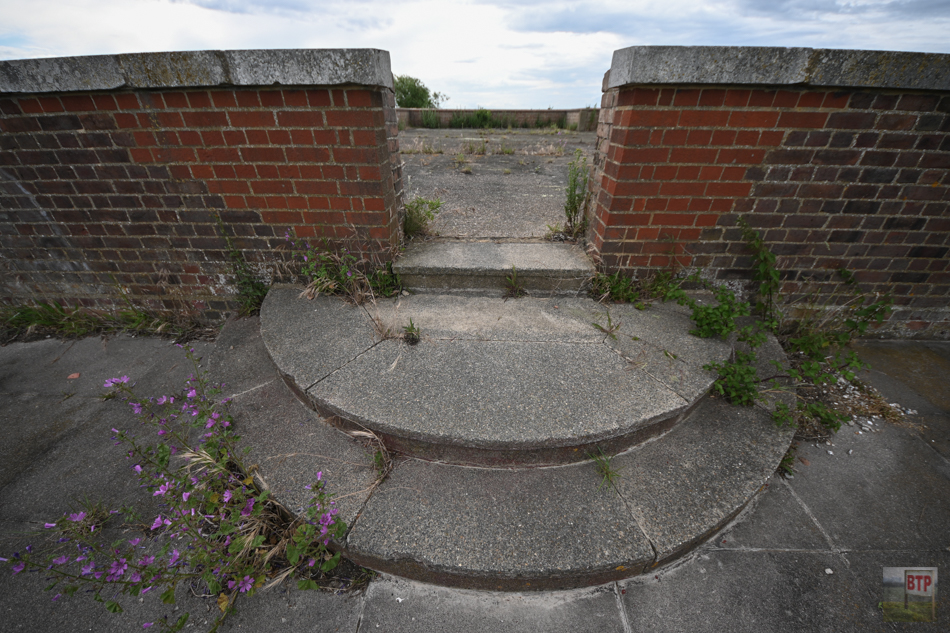
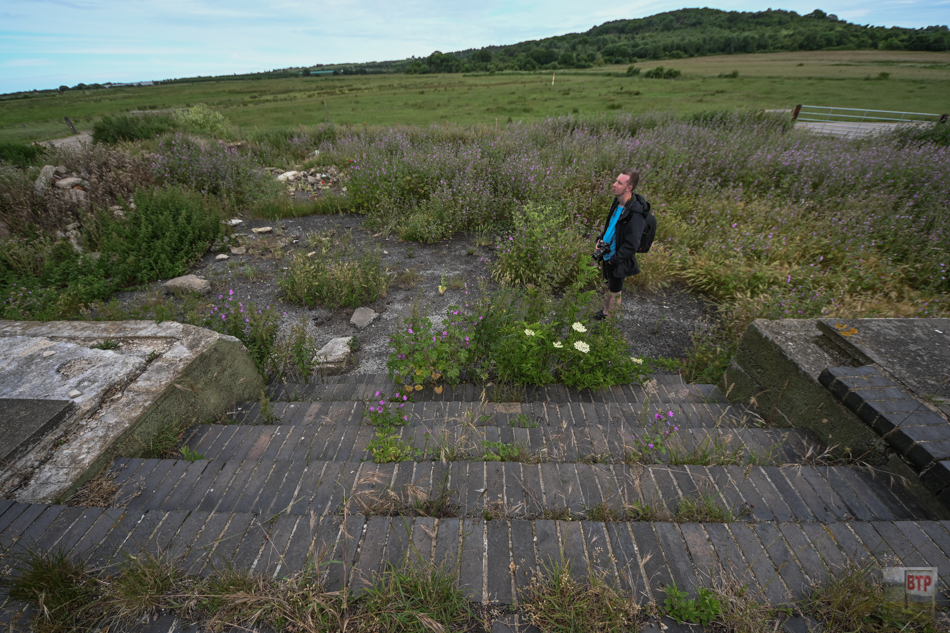
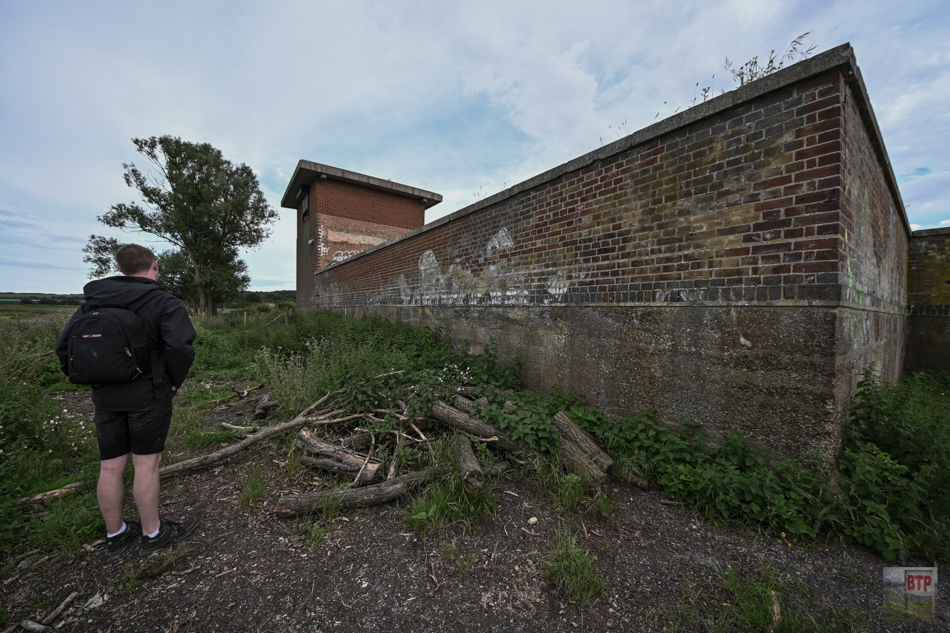
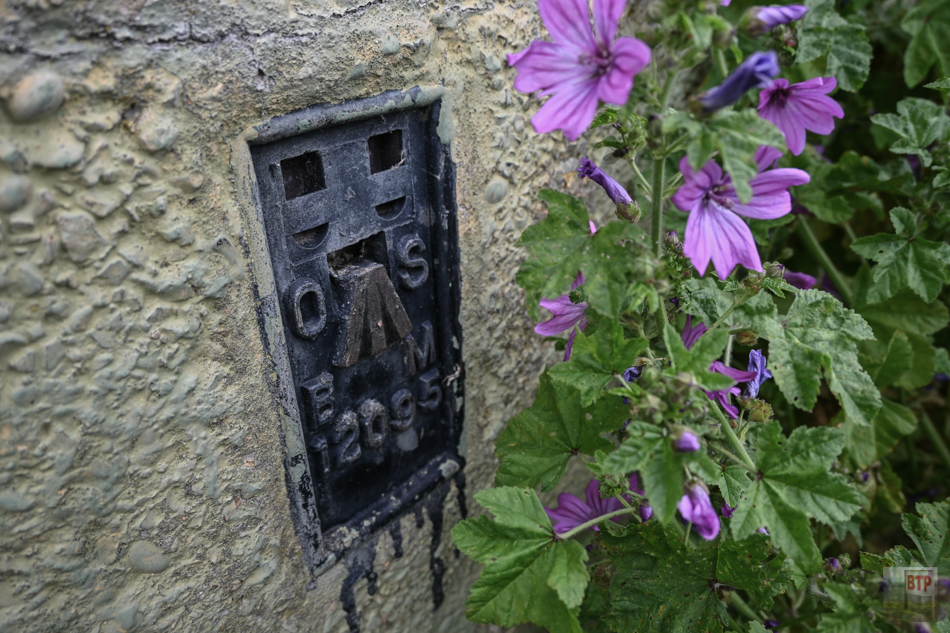


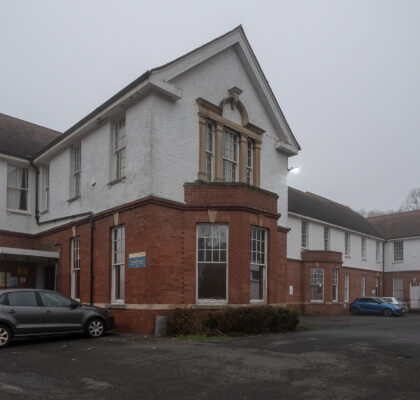
Pingback: Retrotechtacular: The Transatlantic Radiotelephone System of the 1930s – Best Soundcloud Rappers 2019